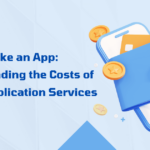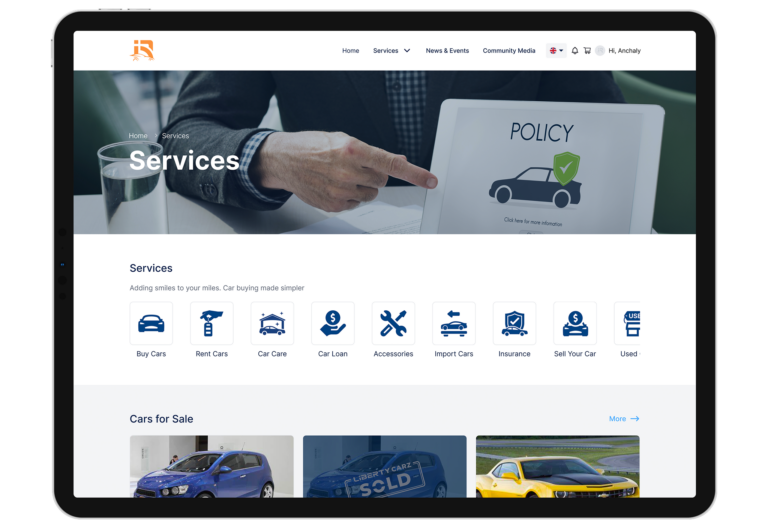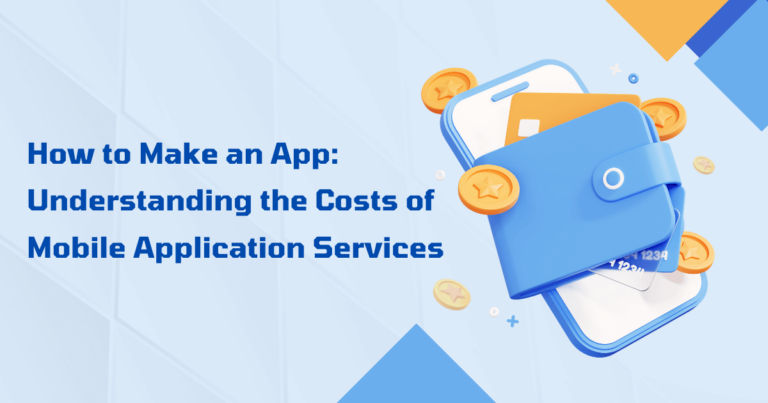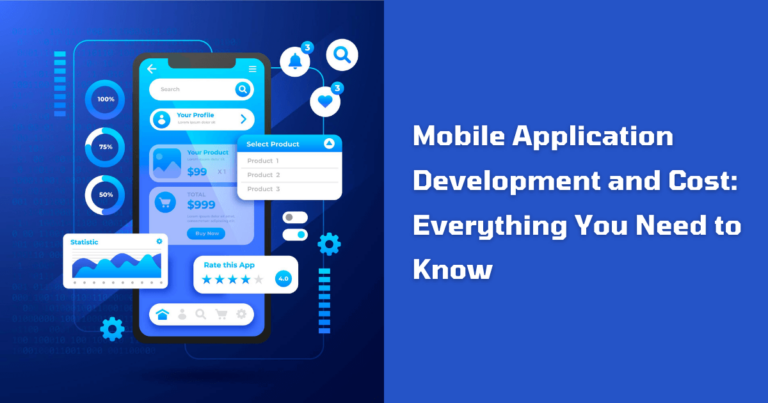If you have heard of software distribution, but you are not sure about how it works and why it’s important, then you’ve come to the right place.
I am Jane from Liberty Technology, the leading technology company in Phnom Penh, Cambodia. I’m writing this blog to break down the basics of software distribution to make it easier for you to understand.
What is software distribution?
In simple terms, software distribution involves breaking down a piece of software into smaller parts and sharing them with others who want to use them. This sharing can happen through various methods like networks, websites, or servers. It could also involve hosting an app or downloader on a webpage. In essence, it’s about sharing programs, both your own and those from others, with people on their computers.
Software distribution forms
Physical media
Physical media is the most simple way to share software. You can copy a file and give it to someone else, like sharing music by copying it to a thumb drive, a USB, or a DVD. While this is easy, it lacks security. If you lose control of the file, anyone with a physical copy can access it.
ZIP files
You can pack everything into a ZIP file, including folders and subfolders, and then either email it or share it in a public place, which is a more secure but still simple way to share software.

While this method is effective, it involves some extra steps. To make sure people get the right file and any additional information, you need to tell them exactly where to find it before they open it. If you want to keep track of who downloads the file, you have to include a unique code in the ZIP file. Also, think carefully about whether emailing files is the best choice, as sending large data over the internet may increase the risk of being hacked.
Third-party distribution providers
Software distributors can help you create a bunch of tools that let users easily download apps, update them, find new programs, and handle licenses. Some companies offer all-in-one solutions, while others have separate parts.
Either way, using an outside solution lets developers concentrate on making awesome apps without dealing with everyone agreeing on one platform. Using a distribution provider means you don’t have to build everything from scratch, especially if you want to launch an app quickly.
Cloud-based distribution
Now, let’s discuss cloud-based software distribution systems. One popular way is the Software Configuration Management and Control (SCCM) model. It uses Microsoft’s System Center products to automatically put software on lots of computers. With this, administrators can schedule tasks to happen at certain times and places around the world. They can also check on installations from far away and fix problems if needed.
But SCCM has two big issues. First, it’s costly, requiring thousands of dollars each year based on how many computers the IT department manages. Second, it needs regular updates to stay useful. Many organizations switch back to manual installation after a few years because of the cost. That’s why SCCM is often used with traditional methods to work with older hardware, software, and operating systems.
External providers
You can also consider hosting and delivering software directly from the Internet. Instead of relying on one main server, you depend on external providers who host the software for individual customers. Take the Windows App Store as an example. Here, you can install apps separately or together. This allows a company to group them based on their functions, rather than making every user purchase the same set. Users can log in to instantly access all the apps available to them.
Concerns about software distribution

As I mentioned in the previous section, there are many concerns that need careful consideration to ensure the smooth and secure distribution of software. I’ve listed more of them as follows:
- Unauthorized access, data breaches, or leaks during the distribution process.
- Ensuring the software’s integrity and preventing unauthorized modifications during distribution.
- Verifying the identity of users and ensuring that only authorized individuals can access and distribute the software.
- Ensuring that software distribution complies with licensing agreements to avoid legal issues.
- Software infected with malware or viruses.
- Ensuring that the software is compatible with different operating systems and environments.
In an effort to solve these problems, many software distribution models have been developed, which I will introduce in the next section.
Different software distribution models
On-premises software
With on-premises software, the customer installs and takes care of the application. They also have to set up and manage the hardware they need. Plus, the customer is mostly in charge of keeping the data secure.
Having on-premises software spreads out the costs of giving out and licensing the software. But sometimes, these applications end up in places that can’t connect to the internet. This means they can’t get automatic updates or check the customer’s license online.
Cloud-based applications are getting better, and on-premises solutions might become less popular. On-premises software doesn’t offer many benefits compared to using the cloud, but it’s still common in areas like industrial automation and manufacturing just because it’s what people are used to.
But there’s one more important thing about on-premises solutions: ownership. If a business knows a lot about handling IT stuff for on-premises software, it makes sense for them to own these processes instead of relying on the cloud. Also, being able to control everything about data security is a big reason why some businesses still feel better using on-premises software.
Software as a Service (SaaS)
SaaS, or software as a service, means using applications that are based in the cloud. In SaaS, almost all the computer stuff is in the cloud and the data centers run by the application. People who use SaaS usually pay a monthly or yearly fee to use the application and keep it in the cloud, which is why it’s called software as a service.

SaaS has many benefits over on-premises software. It costs a lot less because you don’t need to spend a lot on computer stuff like you do with on-premises software, even when you include the subscription fees. SaaS applications are also easy to expand because you can get more storage or processing power easily in the data centers. You just have to ask for more resources.
For small and medium-sized businesses that don’t have expert IT people or can’t afford them, SaaS is great. The important IT functions go to the cloud provider, and these businesses only need to handle the basic IT functions. Plus, if there are any problems, the cloud provider can help remotely.
Infrastructure as a Service (IaaS) and Platform as a Service (PaaS)
IaaS and PaaS are two other variations of the SaaS model.
IaaS is a way of handling computer resources, network infrastructure, and storage capacity in the cloud. It follows the SaaS model but with a different emphasis and relies on different applications and tools. It offers similar benefits to doing these tasks entirely on your own computers.
PaaS is the cloud solution for overseeing the development of software products. PaaS concentrates on offering environments for development and testing in the cloud. Additionally, PaaS improves collaboration among different groups by providing virtual development spaces that can be accessed from anywhere in the world.
Advantages of working with software distributors
Sending software is similar to shipping physical goods. Companies package their products into installers, bundles, or discs, with each part clearly labeled. Upon receiving the order, clients install everything on their computer, and then they can choose and use any program from the installer.

One significant advantage of collaborating with software distributors is cost savings. Distributors typically charge less than the companies creating the software, allowing buyers to enjoy better deals and additional features and support.
Using distributors also provides flexibility. Since everything is managed in one place, you can easily customize your delivery methods. For instance, you might offer a subscription where clients receive monthly updates with new features and fixes, or you could let them pay for each installation. Both options give you control over pricing and ensure fair payment from everyone.
Consider using the software distribution service of Liberty Technology, the leading technology company in Phnom Penh, Cambodia. We focus on key elements like security, convenience, and accessibility for providers and end-users. Our subscription-based models offer premium features and updates, with tiered plans catering to various user needs.
Industries that need software distribution

Virtually every industry can benefit from software distribution, as the use of software is pervasive across various sectors. Following are just a few examples:
- Retail & Mart: To manage inventory, process sales, and provide online shopping experiences.
- Restaurant: For point-of-sale systems, online ordering, reservation management, and kitchen display systems.
- Property & Rental: For property management, tenant communication, and rental transaction processing.
- School Management: For student information systems, class scheduling, and educational resource distribution.
- Healthcare: For managing patient records, medical imaging, and healthcare information systems.
- Fintech: To distribute financial software, manage transactions, and ensure secure online banking.
- Real Estate: For property management and transaction handling.
- Education technology (edtech): For learning management systems, educational software, and e-learning platforms.
Liberty Technology offers software distribution services in all of these industries, and we are committed to expanding our scale to meet the diverse needs of clients across various sectors.
Conclusion
In this era of digital transformation, software distribution isn’t just a necessity; it’s a strategic imperative. It empowers businesses to stay competitive, responsive to market changes, and at the forefront of technological advancements.
By choosing Liberty Technology, businesses are choosing a strategic ally dedicated to success. Our commitment to excellence, adaptability, and cutting-edge solutions ensures that your software distribution needs are not just met but exceeded.
Official Facebook: Liberty Technology
Website: https://libertytechnology.co/
LinkedIn: https://www.linkedin.com/company/liberty-technology-company/
Email: [email protected]
Hotline: +855 23 868 683












